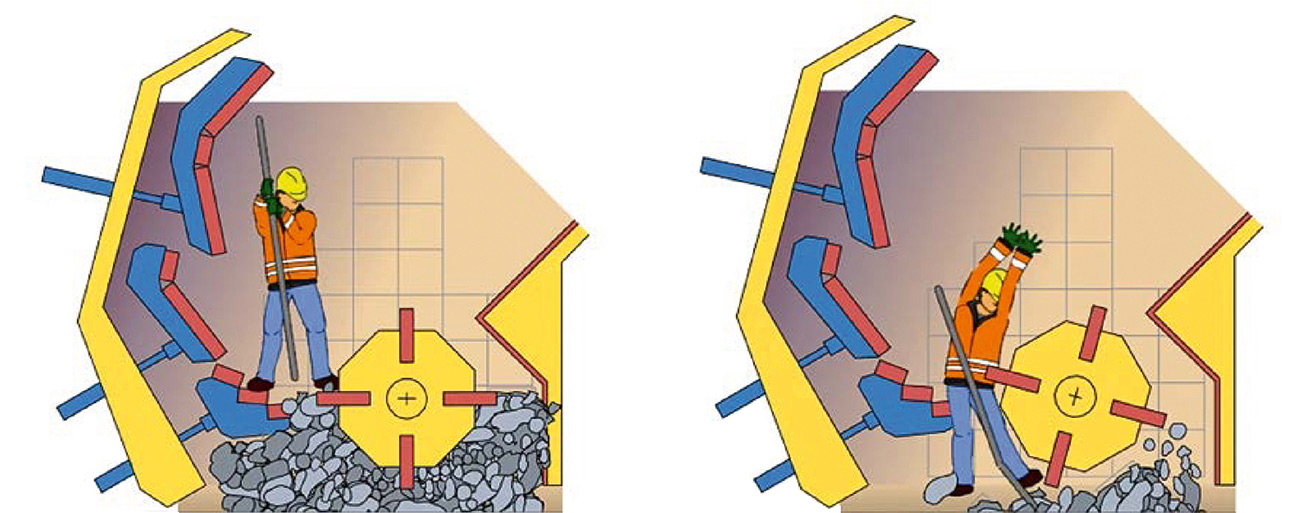
Fig. 1. The new standardization series EN 1009 includes requirements for raw material processing machinery and plants. Photo: BG RCI
Until recently, there were no European standards for the safety of processing and plants. In January of 2021, however, the first five parts of the new standardization series EN 1009 were finally published as a German DIN standard. The standardization series will consist of six parts in total:
- Part 1: Common requirements for machinery and processing plants.
- Part 2: Specific requirements for feeding machinery and continuous handling equipment.
- Part 3: Specific requirements for rushing and milling machinery.
- Part 4: Specific requirements for screening machinery.
- Part 5: Specific requirements for cleaning, recycling, sorting and mud treatment machinery.
- Part 6: Specific requirements for mobile machinery.
As a start, parts 1 to 5 will focus on stationary and modular machinery and plants.
Part 1 includes common requirements, e. g., for openings, permanent means of access, safeguarding, control systems, prestart warning, emergency stops, as well as dust and noise reduction and must always be applied in combination with at least one other part of the series.
Part 2 focusses on feeding machinery such as vibrating feeders or apron feeders, as well as continuous handling equipment like belt conveyors or bucket elevators. Based on the DIN EN 618 and DIN EN 620 standards for continuous bulk material conveyors, this part considers any special features of processing machinery and plants. Nip-points on belt conveyors must be protected, preferably with a nip guard. To ensure safe maintenance, the walkway surface of belt conveyors must allow for access to both sides of the head pulley, even if there is only a singular lateral walkway.
Part 3 contains the requirements for crushers and mills. In particular, the safety related requirements for impact crushers should be mentioned, since their rotor must now be lockable in any position – even in case of blockage caused by material – to prevent unexpected motion, e. g., due to gravitation. Explicitly, it is insufficient to only lock the rotor in certain positions by using pins. In plants without this lock mechanism, fatal accidents have happened in the past during maintenance, and trouble-shooting works. To prevent this from happening (Figure 2), it should also be impossible to open the housing of impact crushers unless the rotor is locked. This also prevents hazards during the long run-down of the rotor in an unclogged plant.
Still, the controlled motion of the rotor while the housing is open is necessary in some cases, e. g., when changing wear parts such as blow bars or removing blockages. For this reason, either a mechanical means or inching mode must be available to enable safe spinning of the rotor under visual control from outside the danger zone. Comparable requirements are applicable, e. g., for impacts mills, hammer mills, hammer crushers, and roll crushers.
Part 4 for screening machinery mainly focusses on the ergonomic requirements for maintenance, in order to prevent or reduce work in confined spaces. This is supposed to consider demographic change, ensure over-all more humane oriented work, and guarantee the rescue of people from inside screening machinery. Thus, allowing for inspection, cleaning, and maintenance to be performed from outside the screening casing must be considered in the design process of screening machinery. There are different approaches to that: adjustability of the screen tension from the outside; access holes for arms and hands to the screen in order to reach the tension pins; sizing the screen media down to make them easier to remove. If it is nececessary to enter between screen decks for inspection and maintenance, a manufacturer must comply with minimum dimensions for access openings and minimum dinstance in the screen deck for new plants, e. g., 550 mm between two decks under the cross beam. In case of replacements or modernization of an existing plants this limit may be 450 mm due to limited space.
Part 5 consists of specific requirements for cleaning, recycling, sorting, and mud treatment machinery such as flotation plants, vacuum filters, press filters, fluidised bed separator, hydro cyclones, washing drums, air classifiers, magnetic separators, or log washers.
In addition, the people in charge of the new standardization series are working on part 6, which will include requirements for mobile machinery. The public enquiry for part 6 took place in summer of 2021. The final draft will now be finished in accordance with annotations from the survey.
Furthermore, the committee aims to harmonise DIN EN 1009 series under the 2006/42/EC machinery directive. This requires smaller additions to the parts 1 to 5 – so-called amendments – to pass the subsequent investigation procedure by the EU commission. Whoever is currently planning on buying new refining machines or plants should, however, contractually agree with the manufacturer on complying with parts 1 to 5 of the DIN EN 1009 standardization series. The BG RCI with its headquarter in Heidelberg, set an important milestone with this publication that specifies the safety level for construction and equipment of processing machinery and plants. Further steps will follow under the active participation of the BG RCI.
